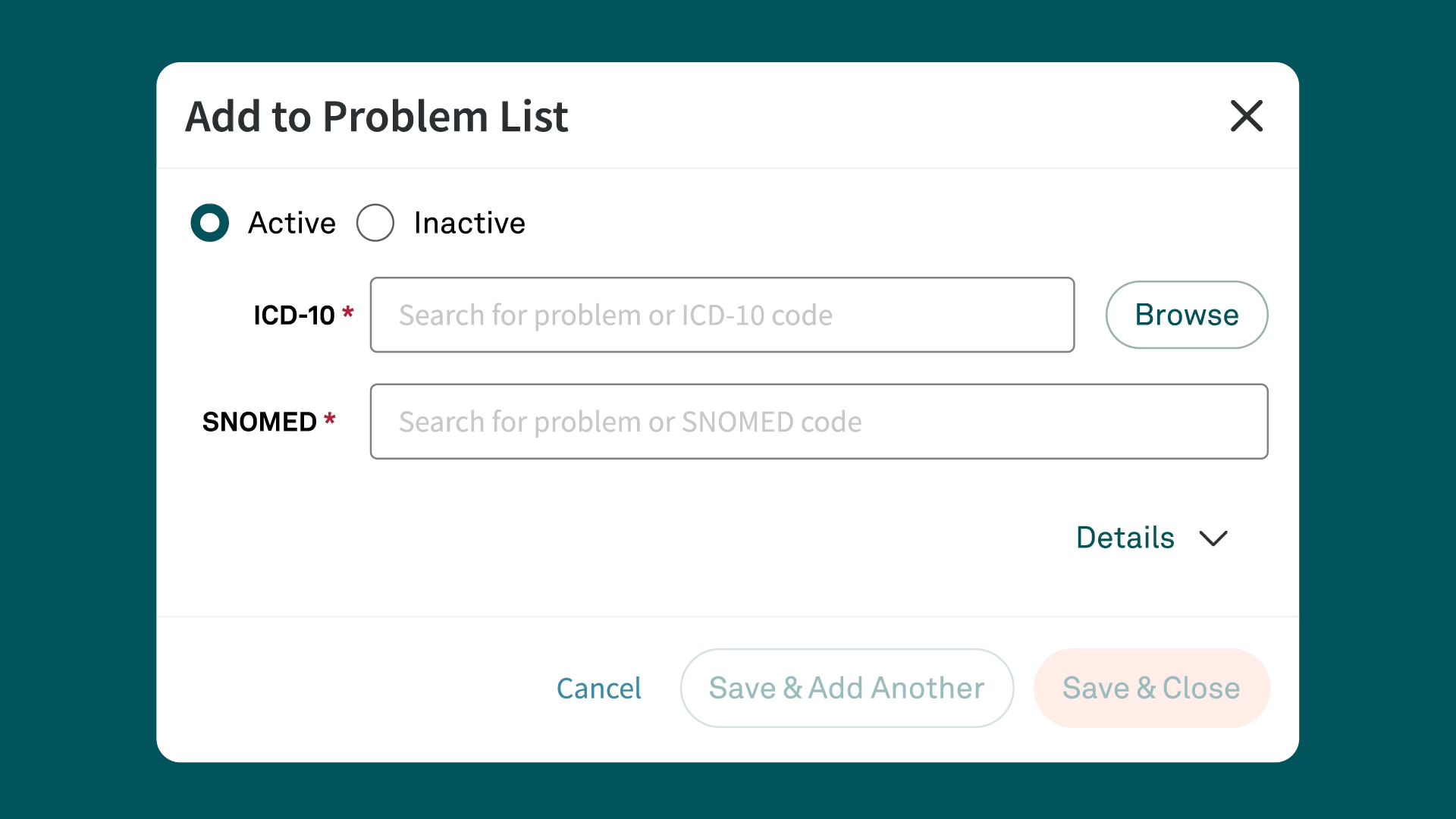ICD-10 Code F90.2
Attention-deficit hyperactivity disorder, combined type
F90.2 is a billable/specific ICD-10-CM code used to designate a diagnosis of "attention-deficit hyperactivity disorder, combined type." This code falls under the chapter of Mental, Behavioral, and Neurodevelopmental Disorders (F01–F99), more specifically, under category F90, Attention-deficit hyperactivity disorders. F90.2 is used for both clinical documentation and billing purposes.
Detailed description of F90.2
The diagnosis coded as F90.2 refers to the most prevalent form of ADHD, where individuals exhibit both inattentiveness and hyperactivity/impulsivity. This form of ADHD is noted for symptoms that are more diverse and significant than those seen in the predominantly inattentive or predominantly hyperactive/impulsive types.
Symptoms commonly associated with F90.2
Patients diagnosed with ADHD, combined type, might display a range of symptoms that significantly affect their social, academic, or occupational functioning, including:
- Difficulty sustaining attention in tasks or play activities
- Frequent shifts from one uncompleted activity to another
- Disorganization
- A tendency to be easily distracted by extraneous stimuli
- Forgetfulness in daily activities
- Fidgeting or tapping hands or feet, or squirming in seat
- Leaving seat in situations when remaining seated is expected
- Excessive talking
- Interrupting or intruding on others
Related and similar ICD-10-CM codes
Other codes related to attention-deficit hyperactivity disorders include:
- F90.0 (Attention-deficit hyperactivity disorder, predominantly inattentive type)
- F90.1 (Attention-deficit hyperactivity disorder, predominantly hyperactive type)
These codes categorize ADHD based on the predominant symptomatology.
Appropriate usage of F90.2 for billing
F90.2 should be used for billing and coding purposes when a provider lists in their assessment the presence of both inattention and hyperactive-impulsive symptoms but does not occur exclusively during an episode of schizophrenia or another psychotic disorder.
Instructional guidelines for providers coding F90.2
Typically, though not required, a physician will ensure the diagnostic criteria of the DSM-5 or other standard diagnostic tool is met before they select the diagnosis of both inattention and hyperactive-impulsive symptoms.
Category F90, “Attention-deficit hyperactivity disorders” has a type 2 exclusion note that is applicable to code F90.2, advising that providers may use codes within this category in conjunction with the following conditions:
If any of the conditions listed in the type 2 exclusion note have been diagnosed, it is acceptable to use both codes as needed in order to describe the patient's condition fully.
Common pitfalls in coding with F90.2
- Failure to update the diagnosis if a patient’s symptoms, as noted in the provider assessment, change significantly in a way that might categorize them under a different subtype of ADHD.
Key resources for F90.2 coding
- CMS ICD-10 Homepage: This site offers guidelines and the latest updates on ICD-10-CM coding.
- WHO ICD-10 Online Browser: Provides an online resource for checking ICD-10-CM codes and their criteria.
Conclusion
F90.2 is used for accurately documenting cases of ADHD where both inattentiveness and hyperactivity/impulsivity are significant. Correct application of this code supports appropriate patient management, ensuring that individuals receive the right support and interventions based on their specific behavioral needs.
Simplify ICD-10 code documentation with Tebra
Tebra’s EHR+ gives you quick searches and Systematized Nomenclature of Medicine (SNOMED) field names for efficient code documentation. Plus, Tebra automatically saves ICD-10 to SNOMED mapping for future searches, streamlining your workflow.

Discover how Tebra helps providers effortlessly document health-related issues and conditions in this detailed post.
Similar Codes
Stay Ahead with Expert Healthcare & Billing Insights
Get the latest industry updates, financial tips, and expert strategies — delivered straight to your inbox.



